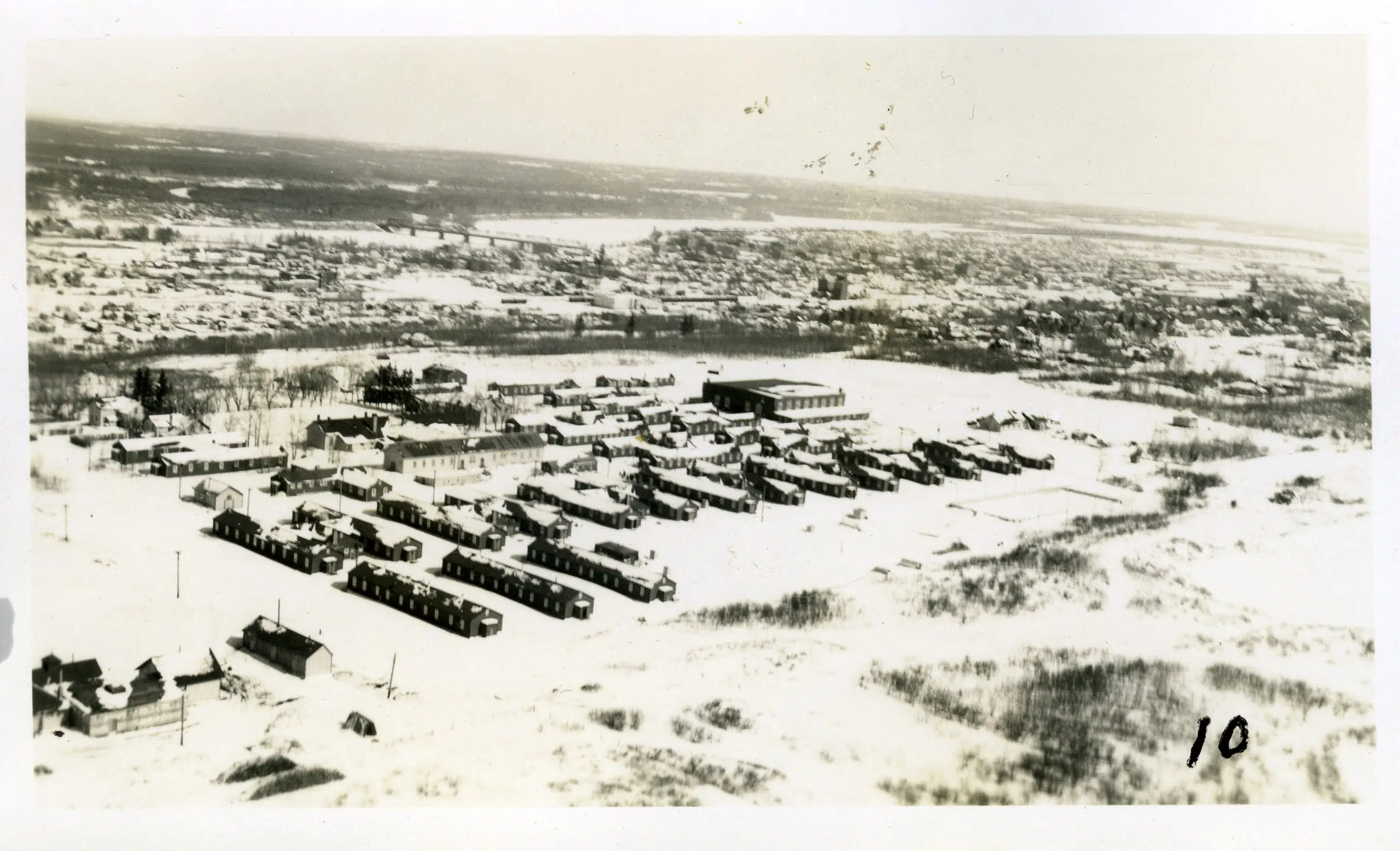
Canada 150: The story of Prince Albert
The Gateway to the North has a diverse history. What was once a booming industrial hub of activity, was soon crippled after a dream project for inexpensive power drove the city to the brink of bankruptcy.
The site we now know as Prince Albert was first established as a trading post in 1776 by Peter Pond.
Soon after, it was recognized as a meeting place for First Nations and English Metis people in 1860s. James Isbister, an Anglo-Metis employee of the Hudsons Bay Company settled on what is now River Lot 62 from 1862 to 1864. He farmed the area and taught local children at his home. He lived in this area until 1866, aptly named the Isbister Settlement.
The area was given a boost that same year when Reverend James Nisbet, a Presbyterian minister, his wife and a group of people arrived and established a mission for the Cree. The mission was named Albert, Prince Consort, after the husband of then Queen Victoria. This is where the city derives its name.


